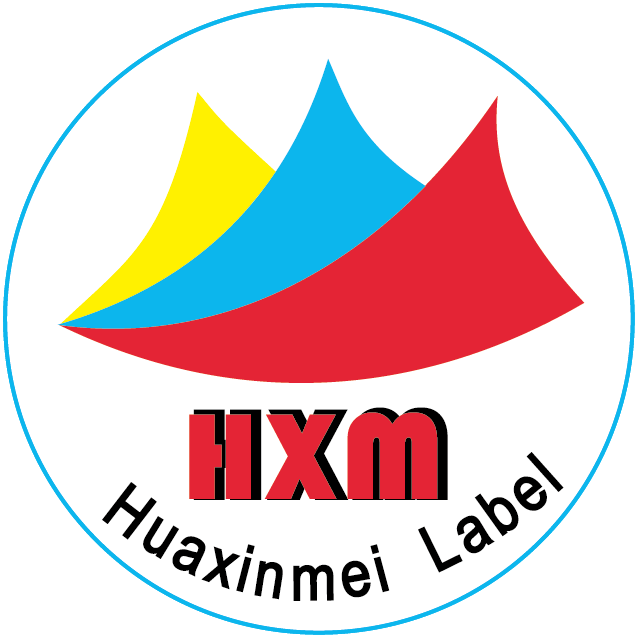Micro-engraved plate hot stamping is the latest technology in hot stamping, often applied to some cigarette packs or wine labels. Products with this kind of texture and luster are very eye-catching and can effectively increase product sales.
Preparation of the Plate Material
Selecting the Appropriate Plate Material: According to the precision requirements of the hot stamping pattern and the production batch, choose a copper plate or a zinc plate with uniform texture and suitable hardness. Generally speaking, copper plates have better corrosion resistance and thermal conductivity, making them suitable for the production of micro-engraved plates with high precision and large production batches; zinc plates have a lower cost and are suitable for products with relatively lower precision requirements. Selecting the right plate material can improve the quality of label products. For example, when presented on a wine label, the golden color is very eye-catching.
Surface Treatment of the Plate Material: The plate material needs to undergo strict surface treatment before engraving to ensure the engraving effect and the quality of hot stamping. First, grind the surface of the plate material to achieve the required roughness, so that the subsequent photosensitive coating can adhere evenly. Then, carry out degreasing treatment to remove oil stains and impurities on the surface of the plate material, preventing defects such as pinholes and pitting during the engraving process. Laminating or other processing on the plate material can make the label product more attractive.
Control of Engraving Precision: The engraving precision of the micro-engraved plate directly affects the hot stamping effect. Therefore, high-precision engraving equipment and professional engraving software are required. During the engraving process, according to the complexity and precision requirements of the hot stamping pattern, reasonably set the engraving parameters, such as engraving speed, engraving depth, and tool path. For some fine lines and patterns, the engraving precision should be controlled at the micron level to ensure that the pattern after hot stamping is clear and delicate. The control of engraving precision requires good design for the precision of the product, that is, the size and the size of the label pattern.

Selection of Hot Stamping Materials
Hot Stamping Foil: Select the appropriate hot stamping foil according to the requirements of the product, including color, glossiness, and material. Common hot stamping foils come in various colors such as gold, silver, and color, and the glossiness can be divided into bright and matte. In terms of materials, there are different types such as polyester film and electroplated aluminum. For high-quality micro-engraved plate hot stamping products, hot stamping foils with soft texture, good ductility, and strong adhesion should be selected to ensure that they can be accurately transferred onto the substrate during the hot stamping process and are not easy to fall off during subsequent use.
Adhesive: The performance of the adhesive is crucial to the quality of hot stamping. Select an adhesive that is compatible with the hot stamping foil and the substrate to ensure that the adhesive can dry quickly during the hot stamping process and form a firm bond. At the same time, the viscosity of the adhesive should be moderate. Excessive viscosity is likely to cause problems such as stretching and deformation of the hot stamping foil during the transfer process; too low viscosity will result in a weak bond between the hot stamping foil and the substrate, and the problem of the hot stamping foil falling off may occur.
Adjustment of Hot Stamping Process Parameters
Temperature Control: The hot stamping temperature is one of the key factors affecting the hot stamping effect. Different hot stamping foils and substrates have different temperature requirements. Generally speaking, the hot stamping temperature is between 150 – 200°C. Before production, the optimal hot stamping temperature needs to be determined through experiments. If the temperature is too high, it is easy to cause the hot stamping foil to discolor, deform, or even damage the substrate; if the temperature is too low, the hot stamping foil will not bond firmly to the substrate, resulting in an unsatisfactory hot stamping effect.
Pressure Adjustment: The hot stamping pressure should be adjusted according to factors such as the area of the hot stamping pattern, the thickness of the plate material, and the texture of the substrate. Generally speaking, for micro-engraved plate hot stamping, due to the fine pattern, a smaller pressure is required to avoid pattern deformation or damage. If the pressure is too high, the phenomenon of gold overflow will occur at the edge of the hot stamping pattern, affecting the clarity of the pattern; if the pressure is too low, the hot stamping foil will not make sufficient contact with the substrate, resulting in a poor hot stamping effect.
Speed Control: The hot stamping speed also affects the hot stamping quality. If the speed is too fast, the contact time between the hot stamping foil and the substrate is too short, and the adhesive cannot dry sufficiently, which is likely to cause the problem of poor adhesion of the hot stamping. If the speed is too slow, it will affect the production efficiency, and the hot stamping foil may be overheated, resulting in discoloration and other problems. Generally, it is more appropriate to control the hot stamping speed at 5 – 10 meters per minute, and the specific speed should be adjusted according to the actual situation.
Quality Inspection and Control

First Article Inspection: Before formal production, a first article product should be made for inspection. Check whether the position, clarity, and color of the hot stamping pattern meet the requirements, whether the adhesion of the hot stamping foil is good, and whether there are defects such as missing hot stamping and hot stamping flower. If problems are found, adjust the process parameters in a timely manner until the first article product is qualified before mass production can be carried out.
Process Inspection: During the production process, regularly sample and inspect the products to promptly discover and solve problems that occur during the production process. The content of the sampling inspection includes the quality of hot stamping, the precision of the pattern, and the transfer situation of the hot stamping foil. At the same time, check the running status of the equipment to ensure the normal operation of the equipment and avoid affecting the product quality due to equipment failures.


